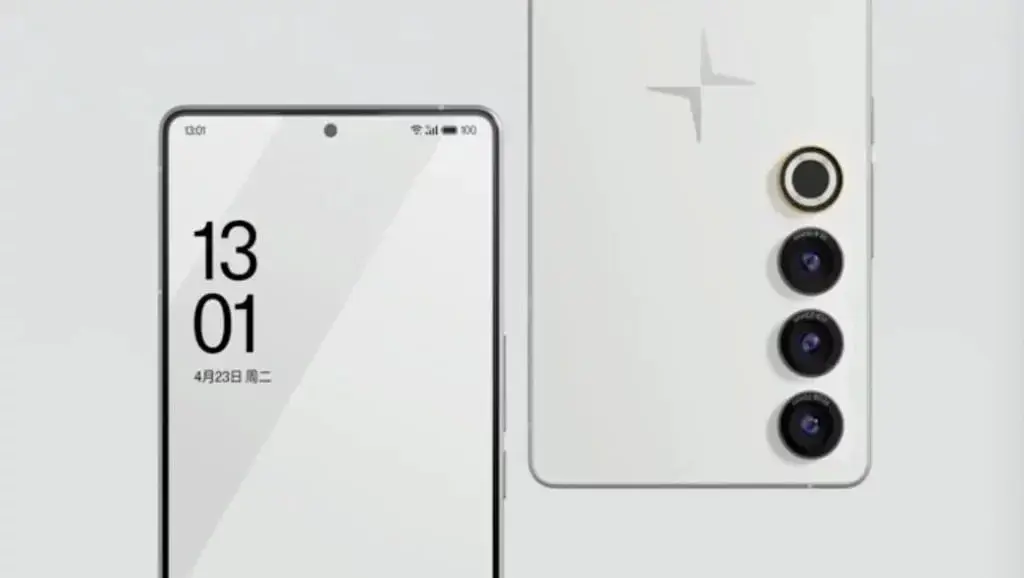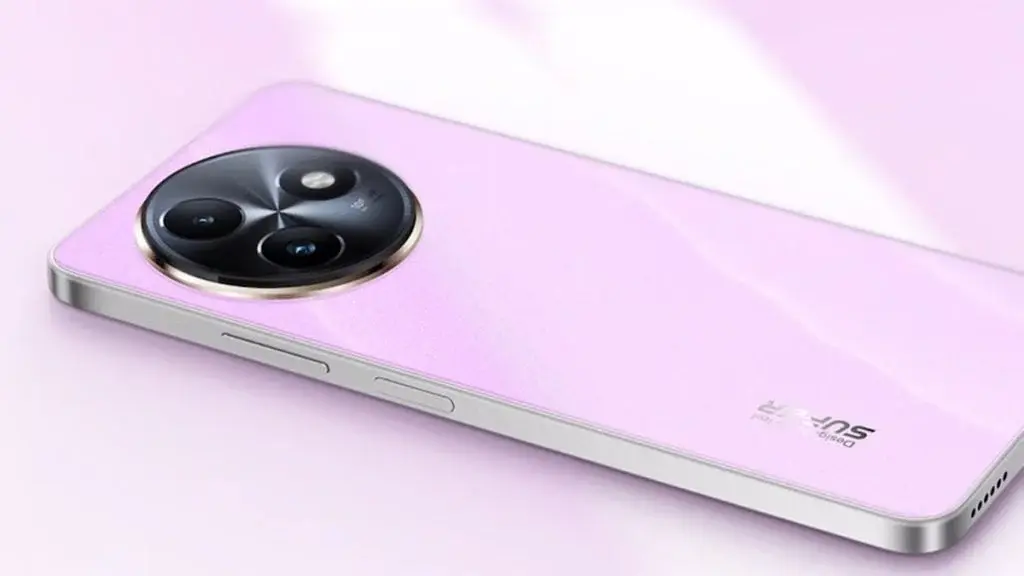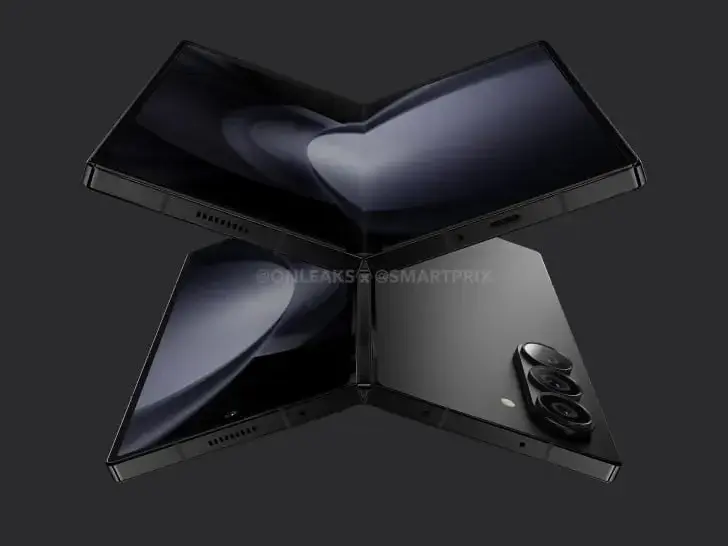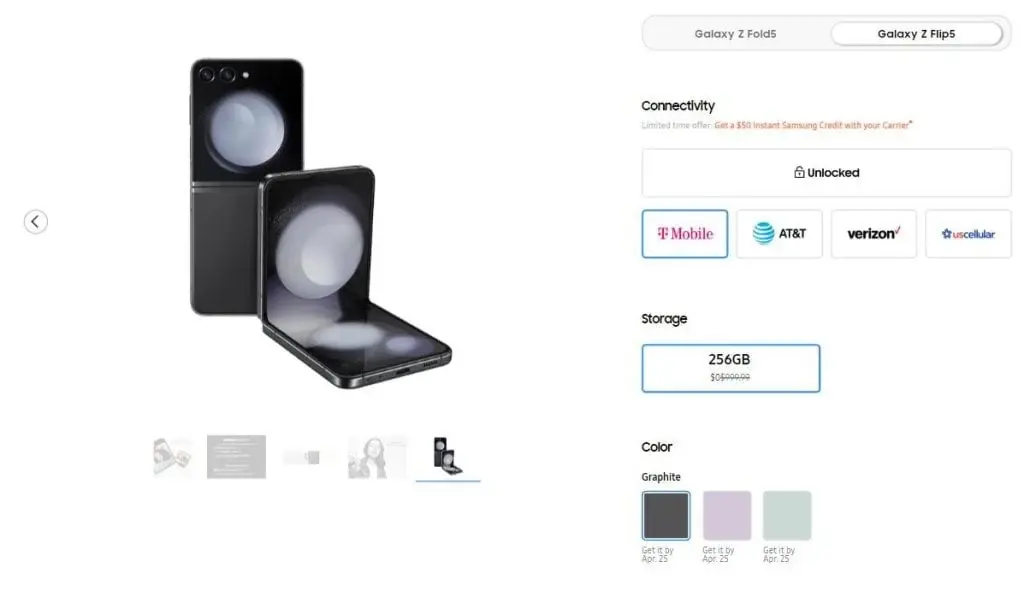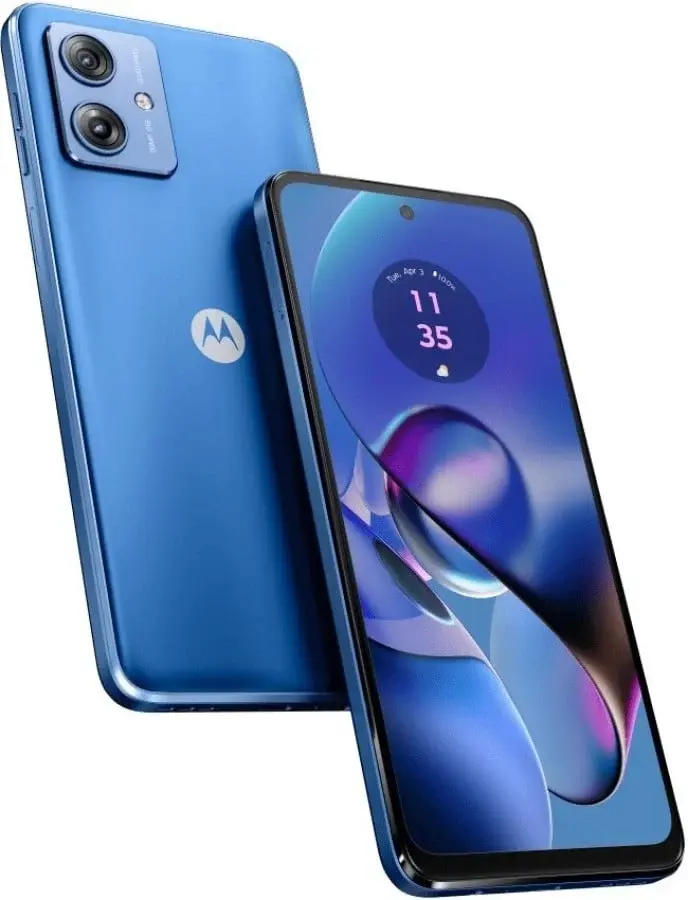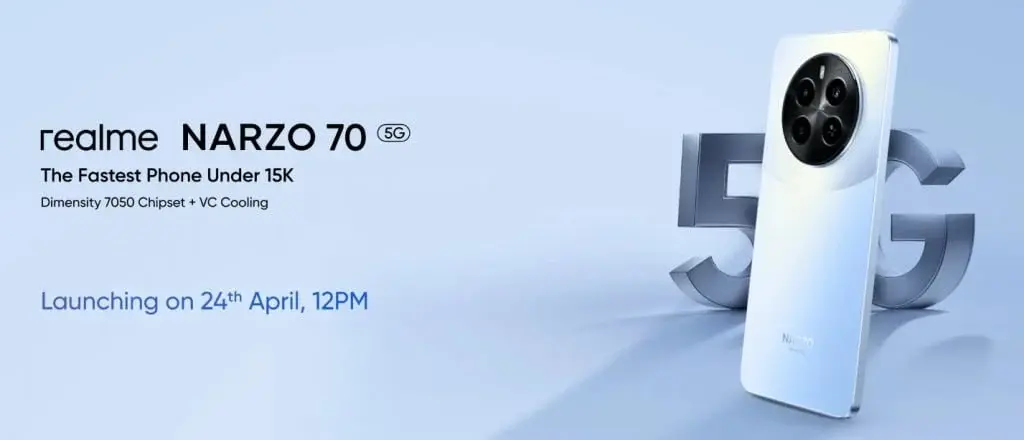One of the rivals of Tesla in the electric vehicle market, Polestar, has recently introduced its inaugural smartphone. This announcement was somewhat expected since a prior post had hinted at Polestar’s launch on April 23. It had also been disclosed earlier that the Polestar Phone was likely to mirror the Meizu 21 Pro in terms of specifications even before its official unveiling. The Polestar Phone and the Meizu 21 Pro indeed share identical specs, presenting an intriguing AI-powered device tailored to complement a Polestar electric car experience.
Unveiling the Polestar Phone: Integrating AI for EV Control
The Polestar Phone debuts with a Snapdragon 8 Gen 3 chipset, offering 80W wired and 50W wireless charging capabilities alongside a triple-camera setup. This configuration comprises a 50 MP primary camera (1/1.3"), a 10 MP telephoto lens, and a 13 MP ultrawide-angle lens. While the phone’s camera prowess may not be groundbreaking, it aligns with expectations for a smartphone released by an electric vehicle manufacturer.
Distinguishing Features of the Polestar Phone
Setting itself apart from the Meizu 21 Pro, the Polestar Phone introduces a unique user interface running on the Polestar Phone OS. This OS can be likened to a customized iteration of Flyme OS, incorporating design elements reminiscent of the Polestar EV’s interface.
AI-Centric Features and Polestar Link Integration
The Polestar Phone integrates various AI capabilities, such as AI image search, image generation, and text summarization, commonly found in modern smartphones. Additionally, it includes the Polestar Link functionality, enabling users to manage Polestar electric vehicles and monitor their operational status. In regions like China where Apple CarPlay and Android Auto are not accessible, Polestar Link seeks to offer a seamless experience to Chinese EV users.
The smartphone has been launched in China, with its global availability yet to be confirmed. The 16GB+1TB variant is priced at 7,388 CNY in China, equivalent to approximately 1,020 USD.


